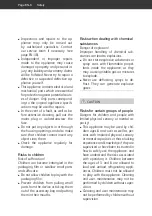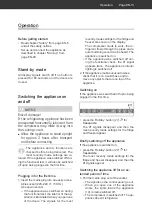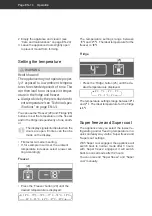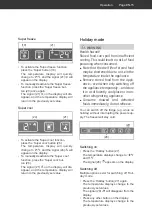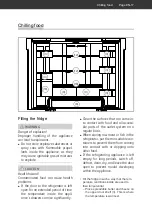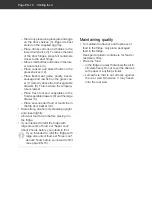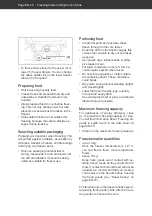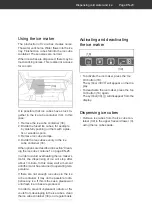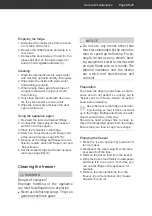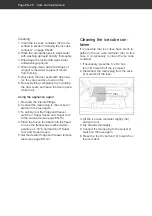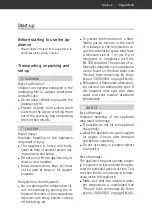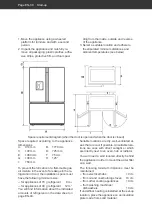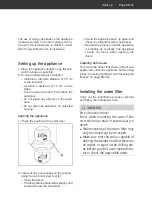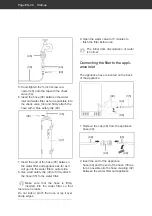
Freezing foods / storing frozen foods
Page EN-21
Storing frozen food
The deep-freeze chain must not be broken
between the manufacturer and your freezer.
The temperature of the frozen food must al-
ways be at least -18° C.
• Therefore, do not buy any goods that
– are in frosty, over-icy chests.
– are stacked above the stipulated high-
load marker.
– partially clumped (particularly easy to
identify with berries and vegetables).
– have snow and juice traces.
• Transport frozen foods in special styro-
foam boxes or insulated bags.
• Observe the storage conditions and stor-
age times on the packaging.
• You can store frozen goods in the entire
freezer.
Defrosting food
Observe the following basic rules when de-
frosting food:
• To defrost food, remove it from the freezer
and let it defrost at room temperature or
in the fridge compartment.
• To defrost food quickly, use the defrost
function on your microwave, for example.
Observe the manufacturer’s instructions
and note that bacteria and germs can form
in this way.
• Cook or use thawed foods as soon as
possible.
• Dispose of the defrosting liquid.
• If you only want to defrost part of a pack,
remove the portion you need and imme-
diately close the rest of the pack. In this
way, you will avoid “freezer burn” and will
reduce ice formation on the remaining
foods.
• Always defrost meat, poultry and fish in
the refrigerator. Make sure that the frozen
food is not immersed in its own thawing
liquid.


